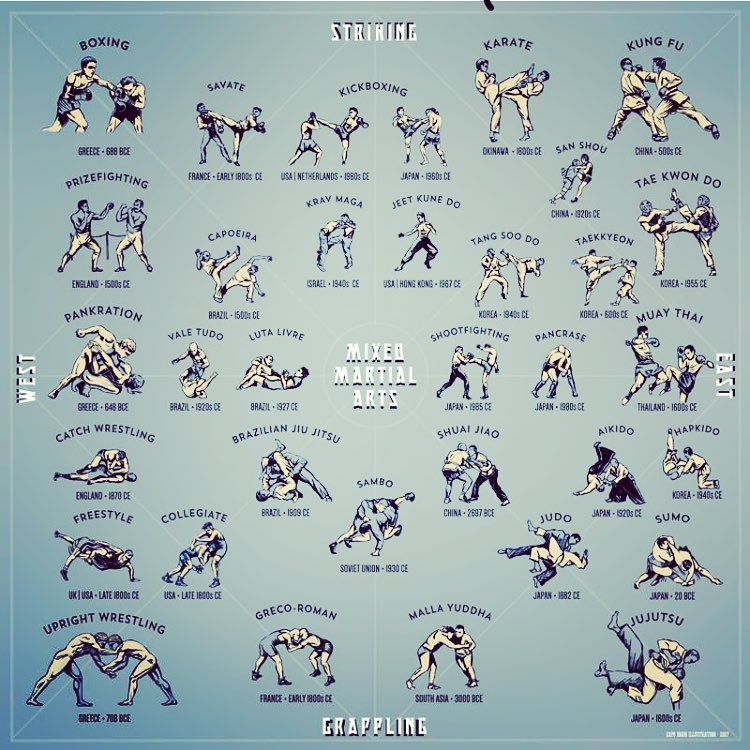A Relative Study Of Traditional Martial Arts And Modern Fight Sports: Highlighting The Essential Distinctions
A Relative Study Of Traditional Martial Arts And Modern Fight Sports: Highlighting The Essential Distinctions
Blog Article
Write-Up Created By-Kok Haagensen
When you think about martial arts, do you lean extra toward the typical techniques or the modern battle sporting activities? Each course supplies special advantages and experiences, formed by their viewpoints and training methods. Standard martial arts stress personal growth and self-control, while modern fight sports focus on competition and performance. Understanding these distinctions can direct you in picking the appropriate technique for your journey. However just how do these distinctions materialize in training and ideology?
The Viewpoint and History Behind Typical Martial arts
While lots of people connect martial arts with physical fight, the approach and background behind typical martial arts run much deeper. You'll find that these disciplines emphasize personal development, discipline, and regard.
Stemming from https://japantoday.com/category/have-your-say/which-martial-arts-would-you-recommend-to-someone-wanting-to-learn-a-means-of-self-defense-1 , conventional martial arts were often developed for Self-Defense and spiritual growth. They symbolize principles such as equilibrium, consistency, and self-discipline, guiding experts past mere battling abilities.
As you train, you'll not just discover methods but also obtain understandings right into the culture and values that shaped these arts. The routines and traditions, often passed down through generations, promote a feeling of community and belonging.
The Competitive Nature of Modern Battle Sports
Modern combat sports have changed the landscape of martial arts into an extremely competitive sector, where professional athletes face off in an examination of skill, approach, and endurance.
You'll discover that competitors are commonly arranged with rigorous regulations and laws, making certain justice and safety and security. kung fu attract huge audiences, fueling the excitement and intensity of matches.
Athletes train carefully, not just for physical prowess yet also for psychological durability, recognizing that every detail counts in the ring. The adrenaline rush throughout competitions is apparent, as competitors push their restrictions to claim success.
Fans value the athleticism and creativity involved, making modern-day battle sporting activities a thrilling phenomenon that remains to progress and astound fanatics around the world.
Training Approaches and Methods: A Comparative Analysis
The competitive ambience of contemporary fight sports needs ingenious training methods that vary considerably from conventional martial arts.
In modern-day training, you'll focus on details methods, competing, and conditioning, commonly utilizing drills that imitate genuine fight circumstances. You'll see a focus on quantifiable performance and frequent competition to examine your skills.
In contrast, conventional martial arts prioritize types, katas, and philosophical teachings, typically highlighting self-control and respect over competition.
visit this web page link is normally less extreme and may involve recurring method rather than real-time sparring.
While both approaches develop skill and physical fitness, contemporary combat sports provide a more dynamic and versatile training setting, preparing you for instant obstacles in the ring or cage.
Pick the path that lines up with your objectives and rate of interests.
Final thought
In picking in between conventional martial arts and modern combat sports, it truly comes down to what you value most. If you're seeking personal development, technique, and a sense of neighborhood, standard arts could be your ideal fit. However if you thrive on competition and real-time obstacles, modern combat sports could be the method to go. Eventually, both paths use unique advantages, so it's everything about aligning your training with your individual goals and rate of interests.
